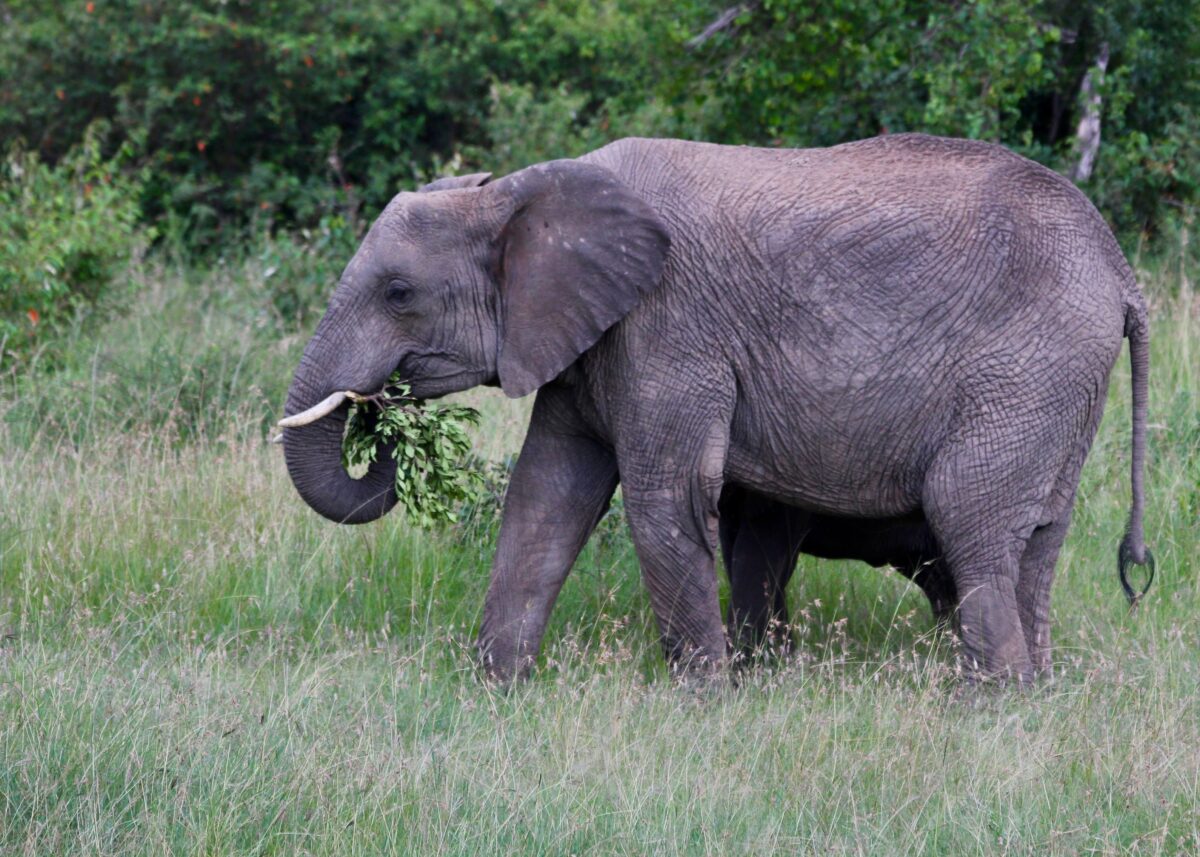Move over dog lovers and cat lovers alike, there’s a new furry friend hitting the market! After over 60 years and careful selective breeding, the Institute of Cytology and Genetics in Novosibirsk, Siberia has created an evolutionary marvel: the domesticated fox. An article in Evolution: Education and Outreach describes how Russian geneticist, Dmitri Belyaev, was able to execute such a large-scale research experiment. Belyaev knew he wanted to attempt something big after reading some of Charles Darwin’s famous works, including The Variation of Animals and Plants Under Domestication. In 1959, he finally began his work.
Balyaev wanted to use the ideas in Charles Darwin’s work to study how wolves became domesticated dogs. His plan was to use silver foxes and breed them for key domestication properties: curly tail, floppy ears, and youthful facial and body features. But the question remained, how do you obtain these characteristics? Balyaev hypothesized that, like our past ancestors, he would need to breed for prosocial interaction with humans. In other words, choose the foxes that are friendliest towards humans and hope their offspring come out even friendlier. Eventually, over many generations, you would have a litter of foxes that are tame, or domesticated. After the first few rounds of generations, foxes arose
that could be picked up, petted, and even wagged their tails in human presence. In less than a decade’s time, his selective breeding began to result in the domestication characteristics he predicted. Some of these new litters showed traits like floppy ears, curly tails, and rounder, shorter, dog-like snouts. Serotonin levels also began to increase in the foxes.
Although Baylaev didn’t understand exactly what he was breeding for in these foxes, he did understand that he was changing the expression of their genes. By breeding certain tame foxes together, he was “turning off” genes linked to aggression and “turning on” genes linked to better temperaments and less stress hormone release. Now, 60 years later, scientists are using Baylaev’s experiment to better understand the specifics behind genes linked to domestication. This research is helping scientists find genes linked to memory and learning and uncovering these genes may lead to important discoveries in our cognitive abilities as humans. Unfortunately, Baylaev died in 1985, so he was not able to see the impact of his research. Still, he will be remembered for undertaking one of the most significant evolutionary experiments of the modern era.
Categories:
Institute of Cytology and Genetics creates evolutionary marvel: the domesticated fox
English Laserna, Contributor
November 2, 2020
0
Donate to The Tiger
Your donation will support the student journalists of Clemson University. Your contribution will allow us to purchase equipment and cover our annual website hosting costs.
More to Discover















